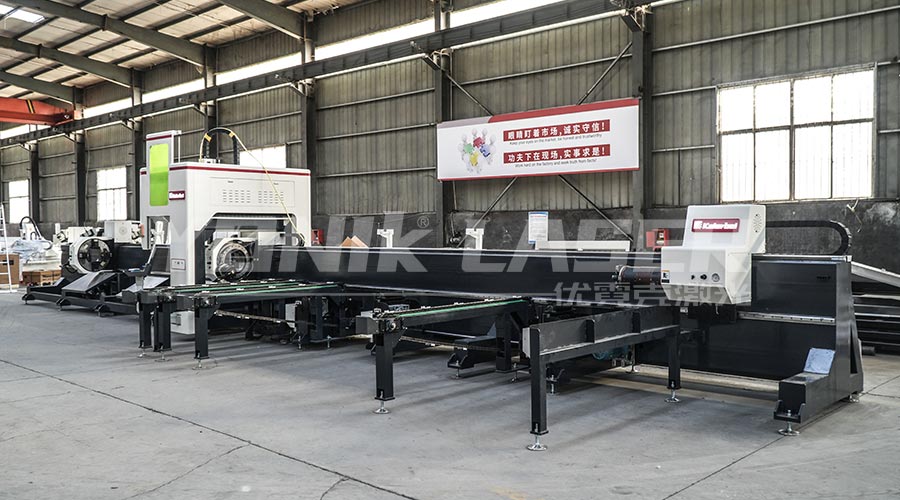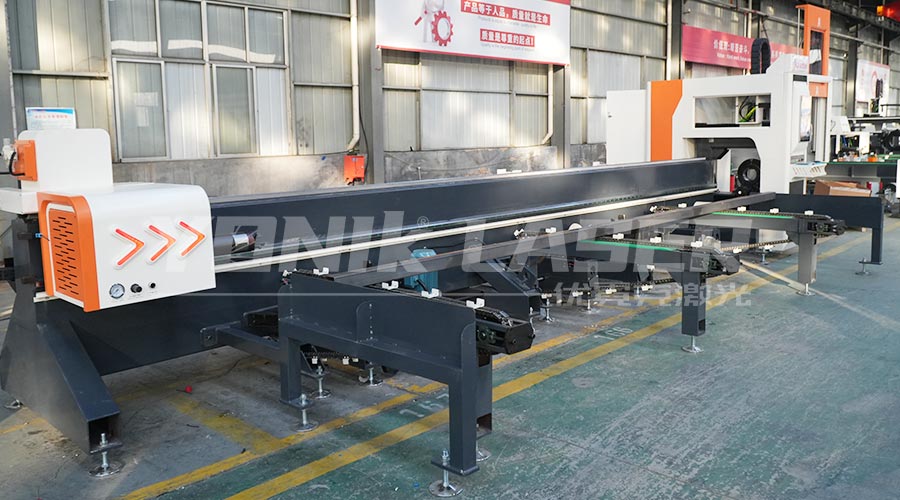As an important equipment in modern manufacturing, laser cutting machines play an irreplaceable role in many industries with their high-precision and high-efficiency cutting capabilities. However, with the continuous advancement of technology and the continuous upgrading of software, sometimes there will be problems with abnormal functions after software upgrades. This article will focus on this issue and explore the importance of laser cutting machine software upgrades, possible problems and solutions, and optimization suggestions after the upgrade.

1. The importance of laser cutting machine software upgrades
The laser cutting machine software is the brain of the equipment and controls the entire cutting process. Software upgrades usually bring the following benefits:
Performance improvement: The new version of the software often optimizes functions such as cutting path planning and automatic nesting to improve cutting efficiency.
Function enhancement: Add new cutting modes, material databases, etc. to improve the applicability of the equipment.
Bug fixes: Solve known problems in old versions and improve the stability of the equipment.
2. Problems that may be encountered after software upgrade
Although software upgrade brings many benefits, sometimes there will be functional abnormalities, mainly manifested as:
Equipment cannot start: After the upgrade, the software and hardware are incompatible, resulting in the equipment not working properly.
Degradation of cutting quality: Improper parameter settings in the new software affect cutting accuracy and surface quality.
Abnormal operation interface: After the upgrade, the interface layout has changed, and the operator is not familiar with the new interface, which affects the operating efficiency.
3. Solutions
For the problems that may arise after the software upgrade, the following are some effective solutions:
Rollback version: If there are serious problems with the new software version, you can consider rolling back to the old version to ensure the normal operation of the equipment. At the same time, feedback the problem to the software supplier and wait for the new version after the repair.
Check compatibility: Before upgrading, confirm the compatibility of the new software with the hardware. If necessary, upgrade the hardware to meet the requirements of the new software.
Adjust parameter settings: According to the characteristics of the new software, readjust the cutting parameters to ensure the cutting quality. The parameter combination that best suits the current equipment and materials can be found through experiments.
Train operators: Train operators on the interface layout and functional changes of the new software. Make sure they are familiar with the operation methods of the new software and improve operating efficiency.
IV. Optimization suggestions after upgrade
In order to give full play to the performance of the laser cutting machine software after upgrading, the following are some optimization suggestions:

Regular maintenance: Regularly maintain the equipment, including cleaning the lens, checking the nozzle, calibrating the optical path, etc. Ensure that the equipment is in the best working condition.
Update the material database: As new materials continue to emerge, update the material database in the software in a timely manner. Ensure that the equipment can accurately identify and process various materials.
Utilize intelligent functions: New software often adds functions such as intelligent identification and automatic adjustment. Making full use of these functions can improve cutting efficiency and accuracy.
Pay attention to software updates: Pay attention to the update dynamics of the software supplier and keep abreast of the functions and fixes of the new version. Ensure that the equipment always uses the latest and most stable software version.
V. Conclusion
Functional abnormality after the laser cutting machine software upgrade is a problem that cannot be ignored. These problems can be effectively solved by measures such as rolling back the version, checking compatibility, adjusting parameter settings, and training operators. At the same time, regular maintenance, updating of material databases, use of intelligent functions and attention to software updates and other optimization suggestions can help companies give full play to the performance advantages of laser cutting machines and improve production efficiency and product quality. In the future development, with the continuous advancement of technology and the continuous expansion of the market, laser cutting machines will play an important role in more fields and make greater contributions to the transformation and upgrading of the manufacturing industry and sustainable development.
2025-07-22
2025-07-21
2025-07-19